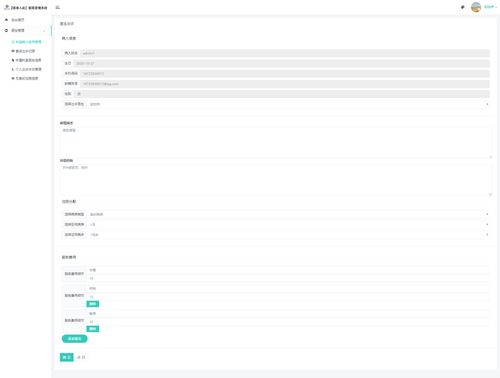Title: Analysis of Hospital Appointment Scheduling Systems
Introduction:
Hospital appointment scheduling systems play a crucial role in efficiently managing patient flow and ensuring timely access to healthcare services. This analysis delves into the essential components and functionalities of such systems, providing insights into their structure and operation.
1. System Overview:
Purpose:
The primary aim of a hospital appointment scheduling system is to facilitate the efficient allocation of medical appointments for patients.
Components:
The system typically comprises modules for patient registration, appointment scheduling, resource allocation (such as doctors, rooms, and equipment), and notification.
Users:
Stakeholders include patients, healthcare providers (doctors, nurses), administrative staff, and system administrators.2. Class Diagram:
Entities:
Patient: Represents individuals seeking medical care.
Doctor: Represents healthcare professionals responsible for providing medical services.
Appointment: Represents scheduled meetings between patients and doctors.
Department: Represents different medical departments within the hospital.
Schedule: Represents the availability of doctors for appointments.
Relationships:
PatientAppointment: Indicates which patient is scheduled for which appointment.
DoctorDepartment: Specifies the department to which a doctor belongs.
DoctorSchedule: Indicates the availability of doctors for appointments.
Functionalities:
Appointment Management:
Allows patients to schedule, reschedule, or cancel appointments.
Resource Allocation:
Assigns doctors, rooms, and equipment for appointments based on availability.
Notification:
Sends reminders and notifications to patients about upcoming appointments.
Reporting:
Generates reports on appointment statistics, resource utilization, and patient satisfaction.3. Workflow:
Patient Registration:
New patients register their details (name, contact information, medical history) either online or at the hospital.
Appointment Scheduling:
Patients select a preferred date, time, and doctor for their appointment.
The system checks the availability of the selected doctor and assigns an appointment slot accordingly.
Resource Allocation:
The system allocates necessary resources (doctor, room, equipment) for the scheduled appointment.
Notification:
Patients receive confirmation of their appointment via email, SMS, or app notification.
Reminder notifications are sent closer to the appointment date.
Appointment Management:
Patients can reschedule or cancel appointments through the system, which updates the schedule and resource allocation accordingly.
4. Benefits:
Efficiency:
Reduces waiting times and optimizes resource utilization.
Convenience:
Enables patients to schedule appointments at their convenience, reducing the need for phone calls or inperson visits.
Accuracy:
Minimizes scheduling errors and conflicts through automated processes.
Data Analysis:
Provides valuable insights through data analytics, aiding in decisionmaking and process improvement.5. Challenges and Considerations:
Integration:
Ensuring seamless integration with electronic health records (EHR) and other hospital management systems.
User Adoption:
Training staff and patients to use the system effectively.
Security:
Safeguarding patient data and ensuring compliance with healthcare regulations (e.g., HIPAA).
Scalability:
Ability to accommodate growing patient volume and expanding healthcare services.Conclusion:
Hospital appointment scheduling systems are integral to the efficient operation of healthcare facilities, streamlining the process of booking appointments and optimizing resource allocation. By understanding the components, functionalities, and workflow of these systems, hospitals can enhance patient experience, improve operational efficiency, and deliver better healthcare services.
References:
[Insert relevant references and citations here]








